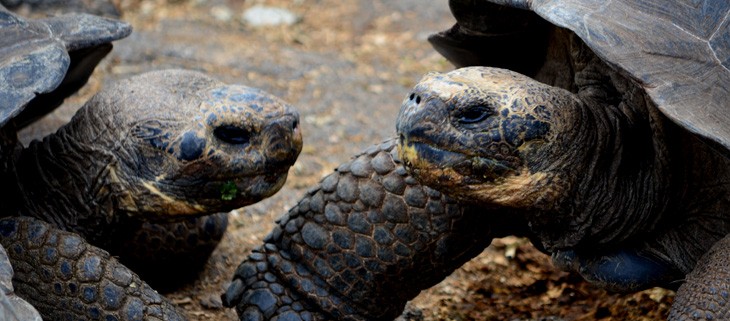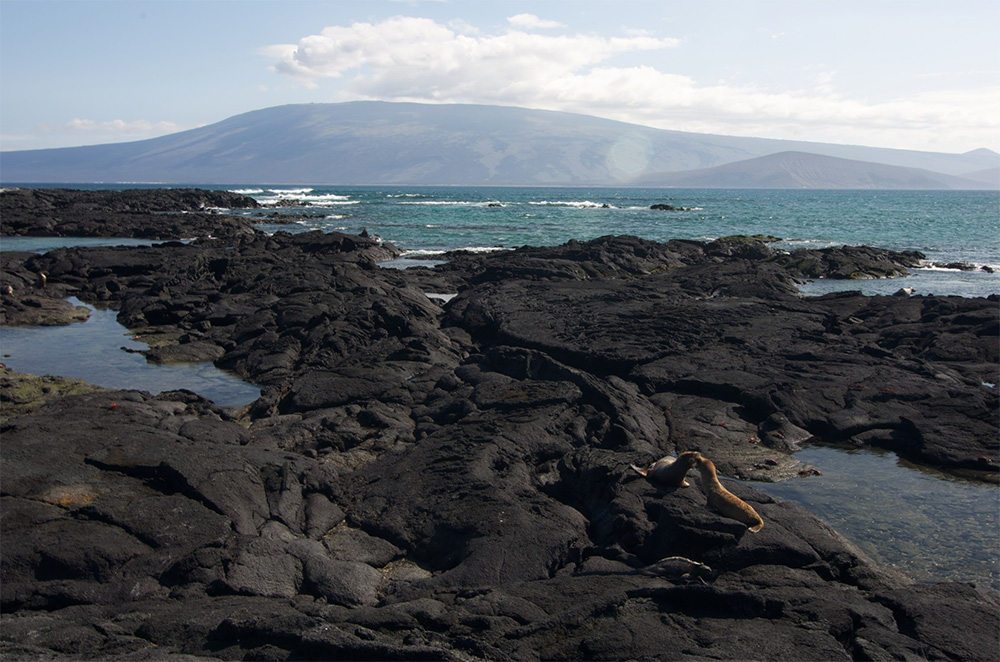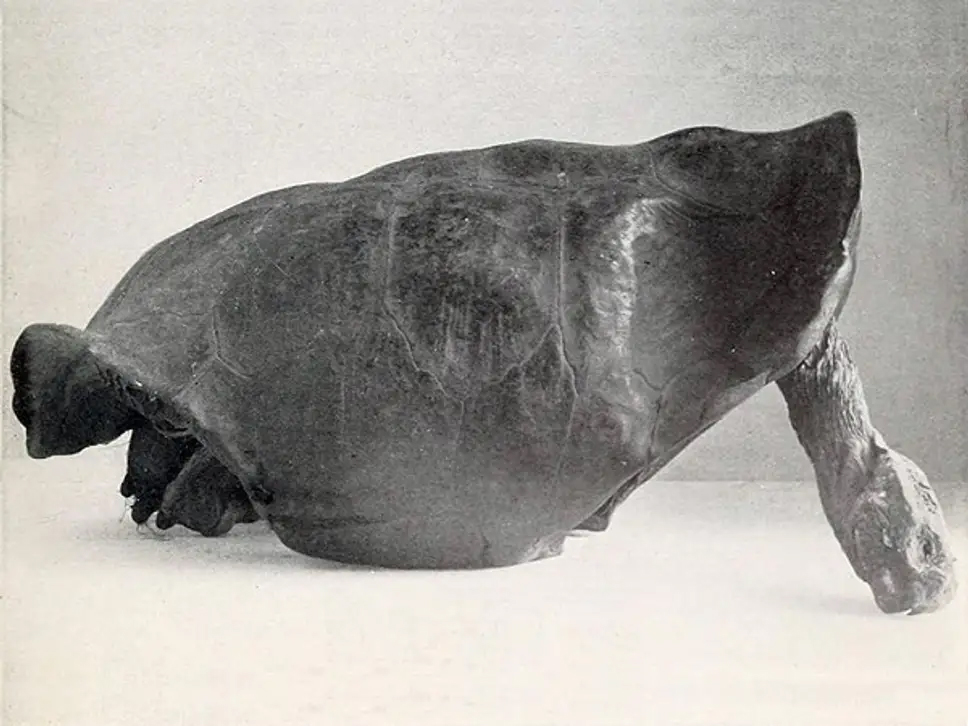December 4, 2024
The Ebiil Society: Champions of Palau
Ann Singeo, founder of our partner organization the Ebiil Society, shares her vision for a thriving Palau and a flourishing world of indigenous science!
We use cookies to help you navigate efficiently and perform certain functions. You will find detailed information about all cookies under each consent category below.
The cookies that are categorized as "Necessary" are stored on your browser as they are essential for enabling the basic functionalities of the site. ...
Necessary cookies are required to enable the basic features of this site, such as providing secure log-in or adjusting your consent preferences. These cookies do not store any personally identifiable data.
Functional cookies help perform certain functionalities like sharing the content of the website on social media platforms, collecting feedback, and other third-party features.
Analytical cookies are used to understand how visitors interact with the website. These cookies help provide information on metrics such as the number of visitors, bounce rate, traffic source, etc.
Performance cookies are used to understand and analyze the key performance indexes of the website which helps in delivering a better user experience for the visitors.
Advertisement cookies are used to provide visitors with customized advertisements based on the pages you visited previously and to analyze the effectiveness of the ad campaigns.
Looking to make an impact this Earth Month? Here’s how.

The Fernandina Tortoise (Chelonoidis

The last Fernandina Tortoise was spotted in 1906 during a large expedition carried out by the California Academy of Sciences. Since then, they have been declared Critically Endangered (possibly extinct) by the International Union for the Conservation of Nature (IUCN).

Fernandina is the most volcanically active of the Galápagos Islands which is believed to have been a factor in the tortoises’ decline. In April 2009, La Cumbre Volcano erupted on Fernandina Island and a small team was sent by plane to report the impacts. While in flight, the team saw what they thought might be tortoises, but due to the hazy conditions, they were unable to make a confirmation. Island Conservation Restoration Specialist, Victor Carrion, was part of the team 10 years ago and shared his experience:
There was little visibility of the ground due to the ash emanating from the volcano, but within minutes it was possible to see three black bulges, like rocks but they had a different brightness. I suspected that they were land tortoises but unfortunately could not be observed again despite several attempts of the pilot.”
This is not the first time a tortoise has been rediscovered on Galápagos. Floreana Tortoises were driven to extinction on Floreana Island by hunting and invasive rats, which feed on the small hatchlings or so researchers thought. 20 years ago, a few individuals were found on Wolf Island, a small volcanic island 200 miles away. DNA showed these individuals were Floreana Tortoises giving hope for their return home after invasive species have been removed from the island.
Hopefully, after DNA testing, the Fernandina Tortoise will show the same and provide a renewed sense of hope for the Galápagos.
Source: The Independent
Featured Photo: Two Galápagos Giant Tortoises Credit: A pair of Galapagos Tortoises. Paul Krawczuk
Check out other journal entries we think you might be interested in.
Notifications